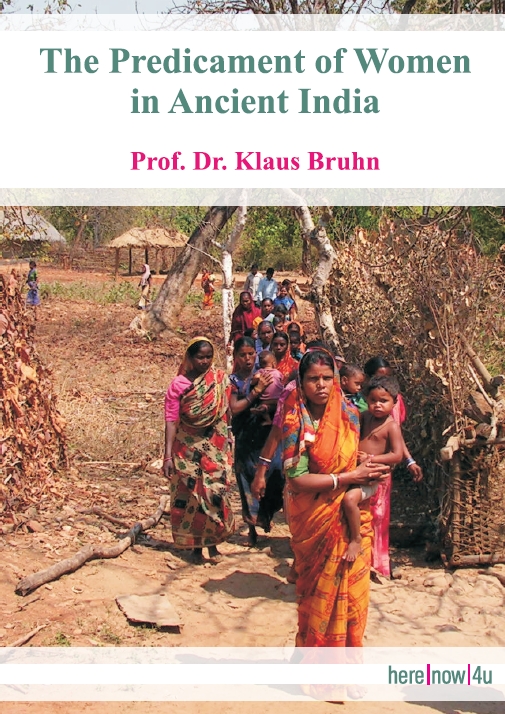The present section is not primarily a supplement to §§ 12.2 and 12.4 (both directly or indirectly connected with ancient India), but it serves as a supplement to the discussion of theories in § 12.8.
The history of suttee (pro-suttee and anti-suttee movements) prior to the abolition in 1829 is to a large extent a history of debates and discussions (suttee to be tolerated or to be abolished?) and ineffective and uncoordinated measurements, 1757-1829. The standard publications are DATTA Sa and MANI Co. There were along with the debates also other activities, e.g. assiduous collection of data (how many "suttees" took place in a given area in a period of time).
In connection with suttee the British government was faced with a complex situation. "The immediate reaction of the British officials towards suttee was one of complete abhorrence of the rite." (DATTA Sa 23) There was consensus that suttee had to be abolished for humanitarian reasons (the Mughal emperors had already tried to eradicate the institution of suttee), but there were obstacles, mainly the fear of political destabilization as the consequence of abolition and the fear of violating the principle of tolerance in the homeland. Ultimately "The view expressed was that the 'practice of widow burning is founded on the religious notions of the Hindus and is expressly stated in their laws.'" (DATTA Sa 23) This was the opinion of a prominent pandit and of the law officers. How far this was correct and how long the identification of Hinduism and suttee lasted in the minds of the British officers need not be discussed. Suttee was prohibited by the old law-books if the widow was "(1) pregnant; (2) under puberty; (3) a mother of an infant (exception being when someone else took on the responsibility of rearing up the child); (4) in a state of uncleanliness [menstruation]; or (5) in stupefaction due to the administration of drugs." Moreover the suttee had to be voluntary (DATTA Sa 24). Suttee was not a traditional law, but it seemed a highly meritorious act.
In 1805 an attempt was made to settle the suttee issue with the help of Hindu authorities. There were afterwards extensive reflections on the matter on the part of the Government and the Court, but the result (1812) was not very clear: “The course which the British Government should follow according to the principle of religious toleration, is to allow the practice [of suttee] in these cases in which it is countenanced by their religion, and to prevent it in others in which it is by the same authority prohibited” (recommendations of the Court; 24-25).
On the other hand, the Indologist H.T.COLEBROOKE, Registrar to the Court, "had written in 1794 his first paper on the 'Duties of a Faithful Hindu Widow' in which he showed that the rite of suttee was permitted by certain Hindu texts, though it was not imperative on Hindu women to burn themselves." (25). Also “Sir John Aunstruther, Chief Justice of the Supreme Court (1797-1806), banned suttee in Calcutta.” (DATTA 23) This was an important step, but as a consequence many suttees were moved to places outside Calcutta.
“The Government policy of suttee until 1817 [and after 1817] proved a complete failure due to the inherent defects of Circular orders." "... how could it [the Government], however efficient it might be, determine precisely such delicate things as pregnancy, age of the surviving infant or menstruation." (28)
The suttee had to be voluntary. If that meant "without physical force", the meaning was easy. Psychological manipulation was a different matter, and it also precluded voluntary action. In fact "There were only a few stray cases in which women showed inflexible obedience on their part to commit suttee" (DATTA 209).
Up to the appointment of Bentinck (1828) there was no progress. In Bengal at least the number of suttees increased and there were mainly two opinions among the responsible officers. M.Elphinstone (Bombay Presidency) "wanted the abolition of suttee not through Bengal restrictions which might prevent only a few cases of irregular suttees but by persuasion through an ever-increasing use of enlightened Hindu public opinion and through the Government policy tempered by tact, caution and a sympathetic comprehension of Indian customs and sentiments". (DATTA Sa 42) The Government in fact decided "to follow the policy of wait and watch" (49). But J.H.Harrington submitted 1822 a Memorandum to the House of Commons, emphasizing "that the only way to abolish suttee was through a legislative enactment." (52)
The problems before Lord W.C.Bentinck (Governor-General from 1828-1835) who was determined to abolish suttee were foreseeable. But Bentinck abolished suttee already the year after his appointment (1829). "As a Utilitarian his whole being revolted against it [against suttee] and he decided to give to the practice of suttee a death blow." (DATTA Sa 110) One of the consequences was the end of the moral problems of the local officers (a suttee legitimized meant: death; a suttee not legitimized meant: life).
The abolition was accepted by the Indian population and (as was expected) did not cause unrest, although there were activities of "anti-abolitionists" and although the Hindu community was" divided into two hostile groups" (orthodox party, liberals): DATTA Sa 146. "According to Kopf [DATTA Sa 268], the Dharma Sabha [founded in 1830] was the first 'proto-nationalist movement' launched against foreign influence in the internal affairs of the Hindus." (147) The fairly strong opposition of intellectuals (mostly Indians) against the abolition is not without interest..
See also Chapter 1 (pp.14-41) of MANI Co.
 Prof. Dr. Klaus Bruhn
Prof. Dr. Klaus Bruhn
 Title Photo Background:
Title Photo Background: